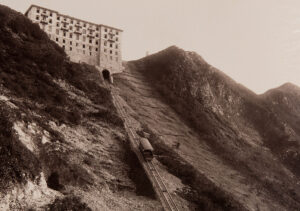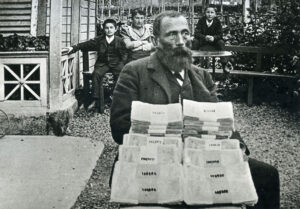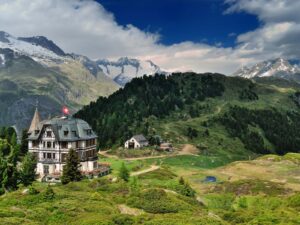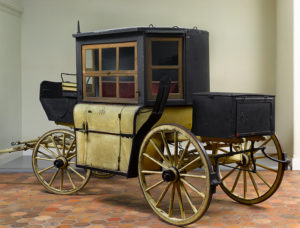
The men behind Genoa’s Righi funicular
What were two businessmen from Obwalden doing in Genoa at the end of the 19th century? Building a funicular railway and giving it a familiar name from home: the Righi.


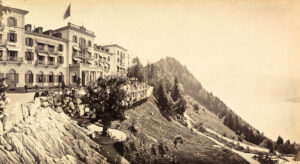
Funicular railways a second string to their bow
